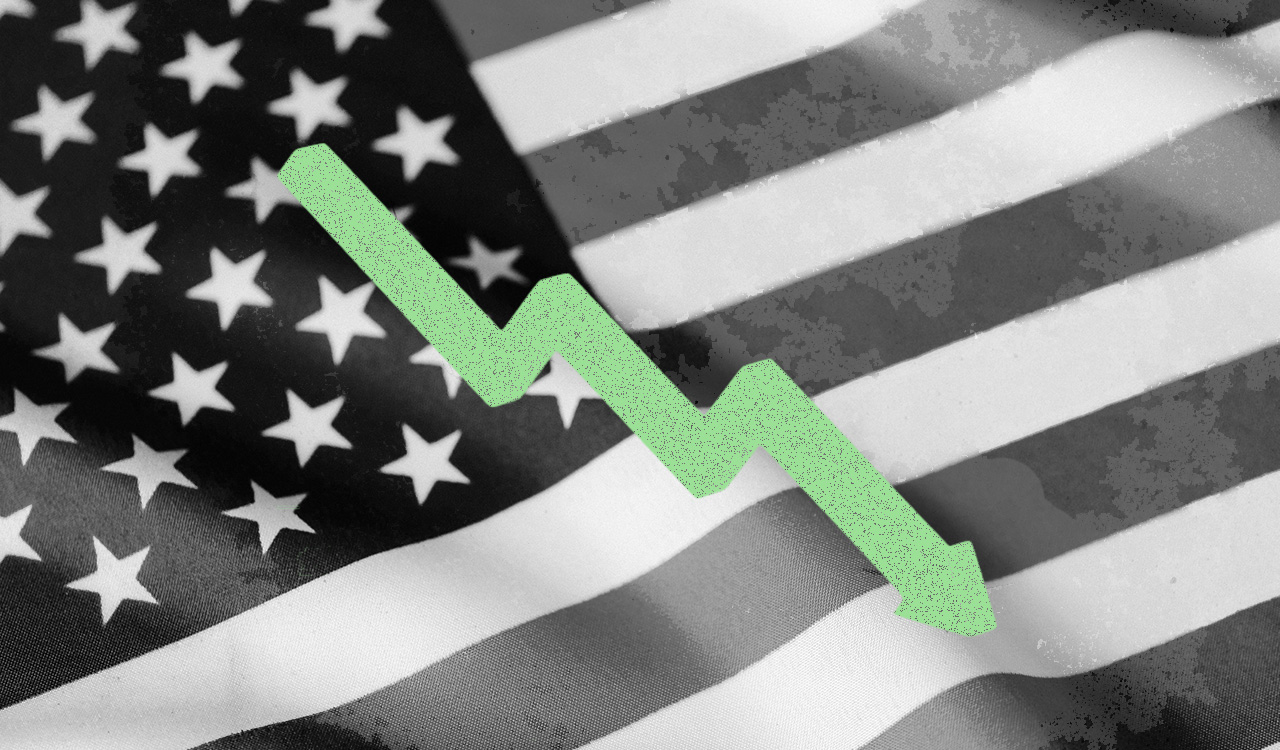Shrinkflation is making national headlines. Not the least of which was on March 7th, during President Biden’s State of the Union Address when he directly took on corporations that, in his words “engage in price gouging or deceptive pricing from food to health care to housing.” He urged Congress to pass Senator Bob Casey’s (D-PA) bill, the Shrinkflation Prevention Act of 2024, to put an end to what Casey calls “greedflation” – corporations using inflation as a cover for price increases, inflating their own profits in the process. Casey points out that while overall inflation rose by 14 percent from July 2020 to July 2022, corporate profits grew by 74 percent over the same period and that the Federal Reserve shows that 41 percent of inflation during this period was due solely to larger corporate profit-making.
A significant impact of shrinkflation is on consumer loyalty. Brand loyalty can take a hit when consumers feel that they are not getting the same value for their money. This sense of dissatisfaction may push them to seek alternatives, either from competing brands that offer better value or from store brands that provide a more consistent product size at a lower price point. The shift can fundamentally alter shopping behaviors and brand preferences in the long term.
Where’s the Beef?
Shrinkflation has become a term widely used, especially by the consumer media, to describe the process where manufacturers reduce the size or quantity of their products while keeping the price the same or even increasing it. It has become an increasingly common practice across various industries, particularly in the food sector since the pandemic when consumers witnessed empty supermarket shelves and shortages of some of their favorite brands. This now seemingly commonplace shrinkflation phenomenon is stirring up a range of emotions and opinions among consumers, often leading to frustration, disappointment, and a sense of betrayal.
On an Inside Edition report, shoppers were outraged at the practice and over 1,200 shoppers took to YouTube to vent their anger. Shrinkflation undermines trust in our food industry and unfortunately, much of shoppers’ anger is being misdirected towards supermarket retailers who worked on a net profit in 2022 of just 2.3 percent according to FMI-The Food Industry Association. After all, it is at the checkout where we hold our breath waiting for the total bill of our shopping trip to appear. Our essentials are becoming luxuries.
Self-Deception
Biden pointed to snack companies as one example, saying that these “companies think you won’t notice when they charge you just as much for the same size bag but with fewer chips in it.” In fact, PepsiCo’s Frito-Lay division publicly announced in May 2022 that consumers will be getting five fewer chips in a bag of Doritos reducing the net weight of a bag from 9.75 ounces to 9.25 ounces. Sen. Casey cites examples in his December 2023 greedflation report including Gatorade which decreased its volume by 12 percent (but cleverly redesigned the bottle to be the same height), Cocoa Puffs breakfast cereal reduced its net weight by 6 percent and even Charmin reduced the number of sheets on Ultra Soft Super Mega toilet tissue rolls from 396 sheets to 366. At the heart of consumer discontent is the feeling of deceit and all those CPG brands are a case of self-deception.
Regaining Control
Earlier this year, retailers started fighting back. Carrefour’s CEO Alexandre Bompard has publicly blamed suppliers for rising prices and said that consumer goods companies are unwilling to reduce the prices of their goods even though the prices of raw materials and transportation have dropped. Mark Faithfull’s column in The Robin Report has an in-depth look at the Carrefour/PepsiCo battle. As a result, the chain with over 12,000 stores in 30 countries stopped selling some of PepsiCo’s products including Pepsi, Lay’s, Doritos, Cheetos and Quaker Oats in France, Italy, Spain and Belgium. In off-the-record conversations I’ve had with U.S. supermarket CEOs, buyers and category managers they say they are also pushing back on taking price increases and asking for more substantiation from the brands to justify any increases.
Erosion of Trust
Consumers are as angry about shrinkflation as they are about straightforward price hikes since they feel the practice is a stealthy way for companies to pass on cost increases without making it apparent. When shoppers realize that a product that they’ve been buying for years now offers less value for the same price, it feels like a trick, and most certainly leads to a sense of being duped. In today’s era, especially with savvy millennials and Gen Z shoppers, transparency is a must-have according to a 2022 study by NielsenIQ.
On the flip side, some consumers may be more forgiving, understanding the economic pressures that lead companies to resort to shrinkflation. Rising costs of raw materials, labor, climate change and transportation can squeeze profit margins, forcing companies to make difficult decisions and resort to shrinkflation, but the onus is on the company to effectively communicate the reasons behind the changes. After all, do CPG companies really think we are that stupid?
Lack of Loyalty
A significant impact of shrinkflation is on consumer loyalty. Brand loyalty can take a hit when consumers feel that they are not getting the same value for their money. This sense of dissatisfaction may push them to seek alternatives, either from competing brands that offer better value or from store brands that provide a more consistent product size at a lower price point. The shift can fundamentally alter shopping behaviors and brand preferences in the long term.
Household Shrinkage
In today’s economy, shrinkflation can also exacerbate financial stress for households. Consumers, particularly those on tight budgets, rely on stable pricing to manage their weekly expenses. When product sizes diminish but prices don’t, it effectively raises the cost per unit, stretching household budgets even further. And we wonder why consumers have more anxiety and frustration as they try to navigate the supermarket aisles. In an October 2023 consumer survey conducted by FMI, 68 percent of respondents said they are buying more store brands because of the price differential between name brands and 90 percent said they would be somewhat or very likely to continue to buy store brands even if inflation becomes less of a factor.
The Good Fight
Shrinkflation in the food sector is a contentious issue that can significantly impact consumer sentiment. Feelings of deception, financial strain, and eroded loyalty are prevalent among consumers, posing challenges for brands that employ this strategy. If our supermarket CEOs and buyers, The White House and Sen. Casey join forces, this may just be a fight for the consumer that can be won.




